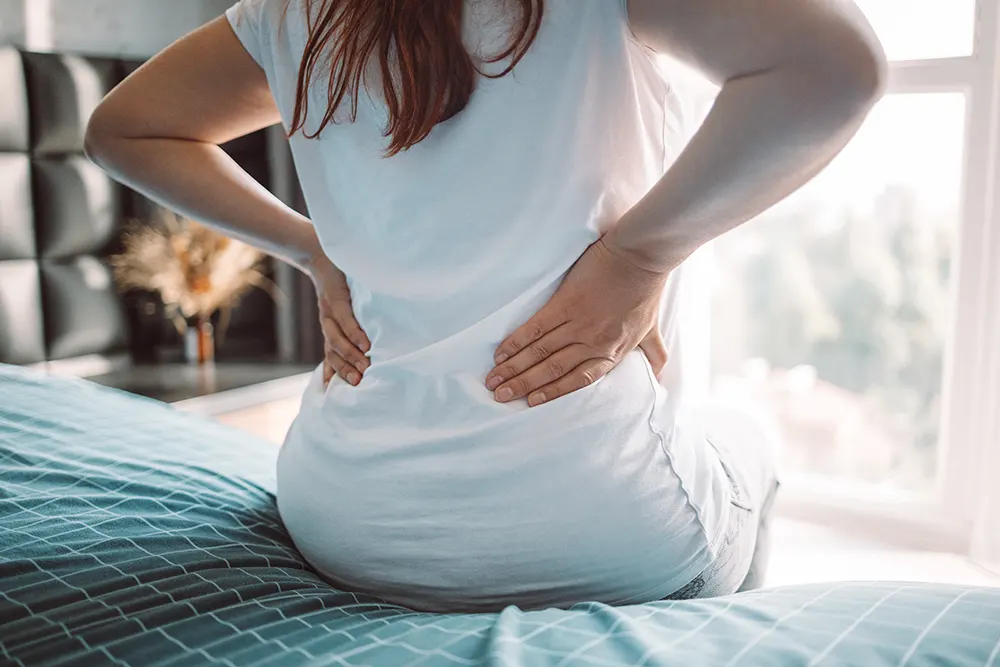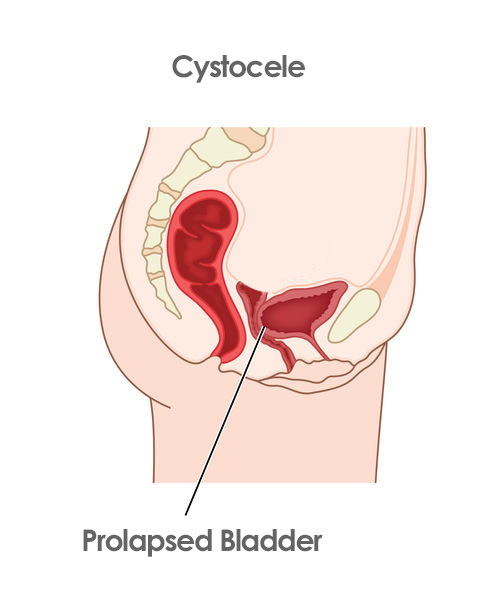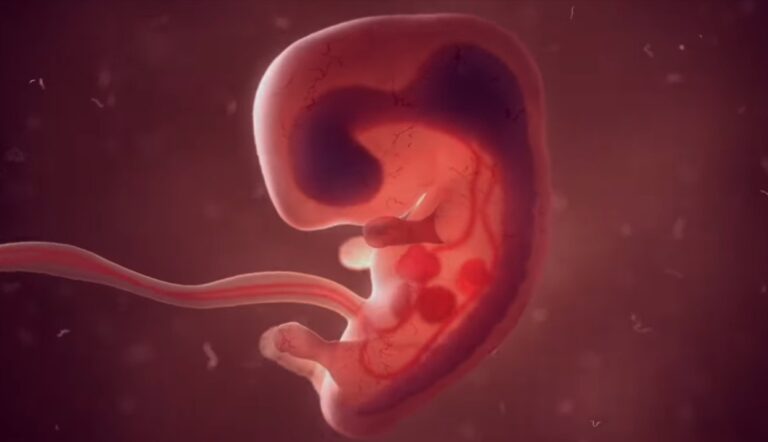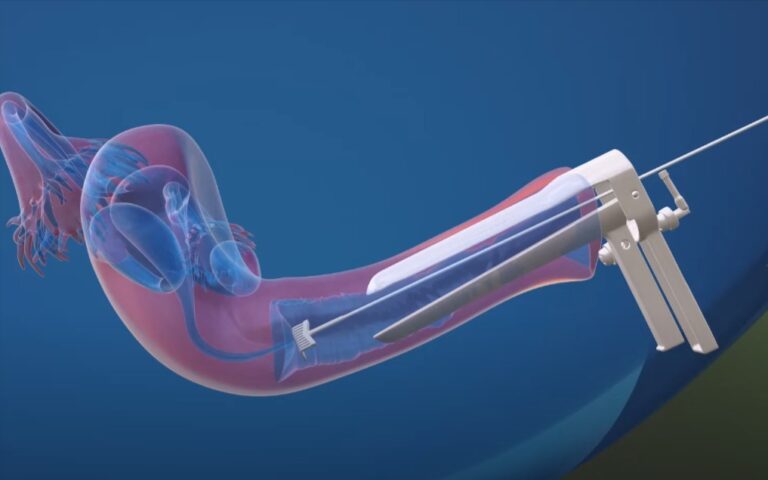Back Pain After Hysterectomy: Understanding and Managing Chronic Pain
Hysterectomy is a major surgery type of procedure involving the removal of the uterus and at times, other reproductive organs. It brings about numerous changes and challenges for women. While the primary purpose of this procedure is to address specific health conditions, it can also result in the onset of chronic pain specifically in the back and pelvic regions. In this blog post, our aim is to delve into the causes of back pain after hysterectomy and explore potential remedies. We hope to offer valuable insights and support to those who are dealing with this discomfort.
The Link Between Hysterectomy and Back Pain
Post-Operative Changes in the Pelvic Region
Women who have undergone hysterectomy may experience back pain due to alterations in the pelvic anatomy. The removal of the uterus, whether through a vaginal or abdominal approach, can disrupt the natural balance of the pelvic floor and pelvic bones potentially causing discomfort and strain in the lower back.
Spinal Compression and Ligament Severing
During the surgical procedure, various factors may contribute to back pain after hysterectomy. Spinal compression can occur due to changes in posture or the curvature of the lumbar spine. Additionally, the severing of ligaments, such as the uterosacral ligament, may impact the stability and alignment of the pelvic region, leading to chronic pain in the back and surrounding areas.
Shifts in Body Mechanics
The absence of the uterus can also affect body mechanics and posture, which can contribute to lower back pain after hysterectomy. With the removal of a significant organ, the pelvic bones may shift, altering the distribution of weight and potentially placing additional strain on the lower back. Maintaining proper alignment and posture becomes crucial to mitigating this discomfort.
Understanding Chronic Pain After Hysterectomy

Prevalence of Chronic Back Pain
Chronic pain following a hysterectomy is not uncommon, with studies suggesting that up to one in three women who have undergone the procedure experience ongoing discomfort. This pain may persist for extended periods, ranging from one to five years post-hysterectomy. Understanding the prevalence of chronic back pain in women who have had a hysterectomy highlights the importance of addressing this issue and seeking appropriate pain relief.
Contributing Factors and Symptoms
Various factors can influence the development of chronic sore after a hysterectomy. Some women may feel aching around the lower back while others may feel discomfort in the pelvic area or abdomen. Symptoms can manifest as a constant ache, sharp pain, or muscle spasms. It is essential to recognize and communicate these symptoms to medical professionals as they can provide valuable insights for diagnosis and treatment.
Potential Complications and Risks
While chronic pain after a hysterectomy is a known phenomenon, it is crucial to distinguish it from potential complications. In rare cases, persistent pain may indicate an underlying issue, such as infection or nerve damage. If the pain is accompanied by fever, excessive bleeding, or other concerning symptoms, seeking immediate medical care is advisable to rule out any complications and receive appropriate treatment.
Managing and Alleviating Back Pain After Hysterectomy
Seek Medical Care and Pain Specialist Consultation
If you are encountering back pain following a hysterectomy, it is vital to seek guidance from your healthcare provider. They can evaluate your condition, perform essential examinations, and offer recommendations regarding appropriate treatment options. In certain instances, a referral to a pain specialist might prove advantageous, as they possess specialized expertise in the management of chronic pain.
Pain Relief Measures

Several approaches can be employed to alleviate back pain after hysterectomy. Pain medications, both over-the-counter and prescription, may be prescribed to provide temporary relief. Physical therapy and exercises tailored to your condition can improve muscle strength, flexibility, and overall postural stability. Additionally, alternative therapies such as acupuncture or osteopathic manipulative treatment may offer additional avenues for pain relief and management.
Lifestyle Adjustments
Incorporating certain lifestyle adjustments can also contribute to reducing back pain after hysterectomy. Maintaining a healthy weight can alleviate stress on the back and pelvic region. Regular exercise, focusing on strengthening the core and pelvic floor muscles, can improve overall stability and support. Additionally, practicing good posture and body mechanics during activities like standing, walking, and lifting can help alleviate strain on the back.

Psychological Support and Stress Management
Dealing with chronic pain can have a significant impact on emotional well-being. It is of utmost importance to proactively seek psychological support, such as therapy or counseling, to address any emotional challenges that may arise from coping with back pain after a hysterectomy. Implementing stress management techniques, such as practicing mindfulness meditation, engaging in deep breathing exercises, or pursuing hobbies and activities that bring joy, can also contribute to lowering overall stress levels and enhancing pain management.
Surgical Technique Considerations
The surgical technique used for hysterectomy can impact the likelihood of experiencing back pain afterward. Laparoscopic and vaginal hysterectomies tend to have shorter recovery times and potentially fewer complications compared to abdominal hysterectomies. Discussing surgical options and techniques with your healthcare provider prior to the procedure may help reduce the risk of developing chronic pain.
Education and Support Groups
Gaining knowledge and establishing connections with fellow individuals who have experienced a hysterectomy can offer invaluable support and insights for effectively managing back pain. Online forums, support groups, and educational resources serve as platforms to share personal experiences, exchange coping strategies, and foster a sense of community. Learning from others who have encountered similar challenges can be empowering and facilitate the journey towards pain relief and an enhanced quality of life.
Conclusion
Back pain after hysterectomy, particularly chronic pain, is a prevalent issue that many women may experience. Understanding the potential causes, symptoms, and management strategies is essential in navigating this discomfort effectively. By seeking appropriate medical care, exploring pain relief measures, making lifestyle adjustments, and seeking support from healthcare professionals and peers, it is possible to manage back pain after a hysterectomy and regain a sense of well-being. Remember, each individual’s experience may differ, and it is crucial to work closely with healthcare providers to develop a personalized approach to pain management that suits your specific needs. With the right support and strategies in place, it is possible to find relief and embrace a fulfilling life post-hysterectomy.
FAQs
Can a laparoscopic hysterectomy alleviate back pain?
While a laparoscopic hysterectomy is generally considered less invasive, it does not guarantee the absence of postoperative back pain. Back pain after a laparoscopic hysterectomy can occur due to factors such as the positioning during surgery, changes in pelvic alignment, or the individual’s unique response to the procedure.
Can pelvic organ prolapse cause back pain after a hysterectomy?
Pelvic organ prolapse, a condition where pelvic organs descend or protrude into the vaginal canal, can be a source of back pain after hysterectomy. The loss of support from the uterus and weakened pelvic floor muscles may contribute to the development or exacerbation of pelvic organ prolapse, leading to associated back pain.
Is it normal to experience both low back pain and pelvic pain after a hysterectomy?
Yes, it is not uncommon to experience both low back pain and pelvic pain after a hysterectomy. The surgical procedure and changes in pelvic anatomy can cause referred pain, where discomfort originating from one area is felt in another. This interconnectedness of the back and pelvic regions can result in the coexistence of pain in both areas following a hysterectomy.
Can a hysterectomy cause upper back pain?
While upper back pain is not as commonly reported after a hysterectomy it is still possible for some women to experience discomfort in that area. The surgical removal of the uterus and other reproductive organs can bring about changes in pelvic organ alignment, which may indirectly affect the upper back. These changes can alter the overall posture and spinal alignment, potentially leading to strain and tension in the muscles of the upper back.





